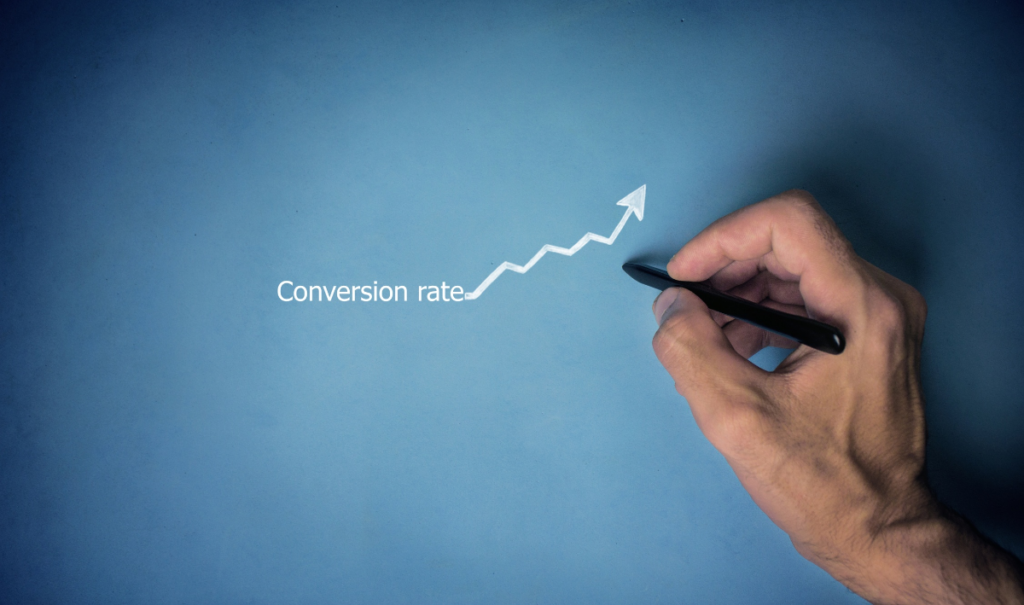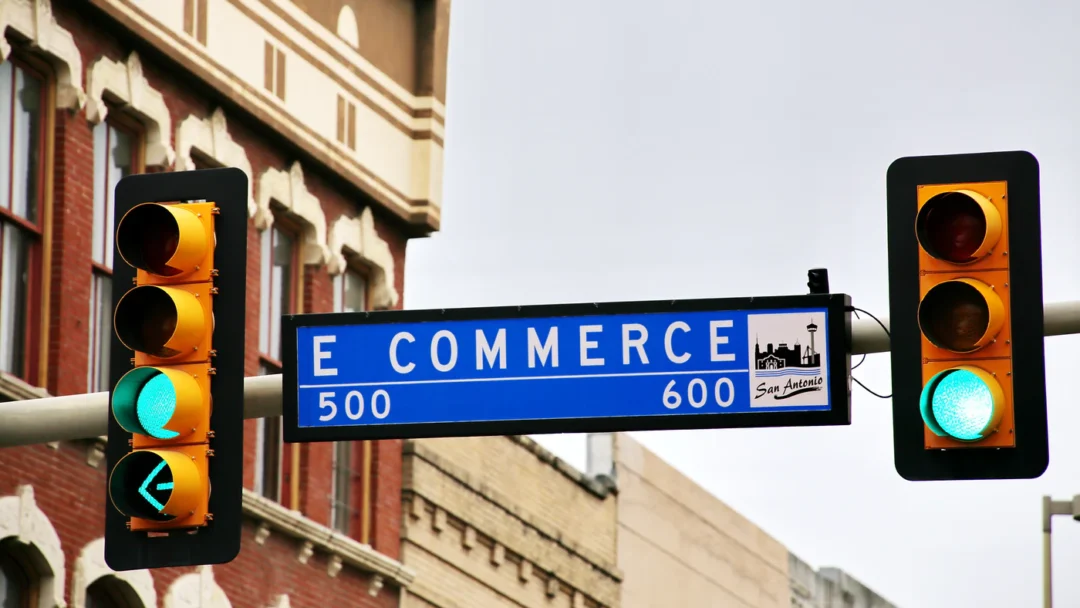Conversion rate is the measure of how many visitors to a website engage with the site’s content and convert to customers. Conversion rate is commonly tracked by web analytics tools using the conversion rate formula: Conversion Rate = % of Visitors sending a sale request – % of visitors who complete a purchase
Conversion rate is the percentage of visitors that actually make a purchase after seeing your ad. This is the single most important metric you can look at to evaluate your ad campaigns. For example, if a user views your ad but doesn’t click on it, or if they click on the ad but never make a purchase, then your campaign was a failure.
Conversion Rate is the percentage of visitors on your website who take the desired action, such as a purchase or lead. Conversion rate is an important part of SEO, since to achieve a high ranking you must have a high conversion rate. However, many marketers don’t know how to calculate conversion rate or don’t track it.. Read more about conversion rate formula and let us know what you think.
Sales and lead generation are at the forefront of an eCommerce company owner’s attention. The difficulty of attaining these goals is becoming more difficult as a consequence of an increasingly competitive online purchasing environment. Business owners can’t keep doing the same thing and expect sales (or conversions) to keep rising or staying at an acceptable level. We’ll look at what a conversion rate implies for an eCommerce shop in this article. What constitutes a high conversion rate? How can you use conversion rate optimisation best practices to your online company and increase sales?
How can you figure out what your conversion rate is?

Source: acquire.io
For a long time, the eCommerce conversion funnel has been regarded as the gold standard for completely comprehending the client experience. This begins the minute a person visits the site, builds interest, and leads to the intended action. Not every site visitor will become a lead or a sale, which is how the conversion rate is calculated.
The proportion of website visitors that complete the intended activity on a website or page is known as the conversion rate. For example, if your eCommerce site has 1,000 visits per month and makes 50 transactions during that time, the conversion rate is 5%. (50 divided by 1,000).
The aforementioned’desired action’ may be anything you want the user to perform on your website, for example:
- Purchasing your item
- Creating an account for your service
- Your software is being downloaded.
- completing and submitting a form
- Subscribing to a newsletter
- submitting a contact form
- completing a customer satisfaction survey
- Subscribing to a publication
- Making a phone call to a certain number
The simple part is getting people to your site — either via pay-per-click advertising or through search engine optimization. The difficult part is persuading them to convert. There are a variety of factors that may lead visitors to abandon your site without converting. Your website may be sluggish, difficult to browse, or visitors might not be able to discover what they’re searching for. This is why you should be testing and checking your site on a regular basis.
One of the greatest methods to determine the performance of your site is to track your conversion rates and compare them to prior results. If your conversion rate starts to drop over time, you know you need to make some changes. If it’s increasing or approaching the level you want it to be, you may consider your site a success.
What is the definition of a “good” conversion rate?

Source: kinsta.com
The median conversion rate varies by industry and may be affected by the platform you choose. The average conversion rate for online shops is 1.84 percent in eCommerce (as of 2023). However, anything in the range of 2-5 percent would be deemed “good.” A well-optimized website, on the other hand, may reach double digits. So just because you’ve reached the 5% level doesn’t mean you should quit. Be on the lookout for fresh possibilities at all times.
It’s also worth mentioning that, depending on the number of visitors to your site, even a modest increase in traffic may result in a significant rise in income. We’ve worked with customers to boost conversion rates from 1.15 percent to 1.42 percent, resulting in a 23.4 percent increase in transactions and total revenues.
Conversion rate improvement
As previously stated, a variety of variables play a role in determining whether or not a site visitor will convert. So, here are just a few important concepts to think about.
Changing the wording of the buttons

Source: brainshark.com
Changing the wording on a button is sometimes all that is required. It may be as simple as rewording or adding a word. Simple language adjustments may create urgency – “I have to purchase this thing.”
Changing the color of the buttons
Any CTA button should be a different color from the rest of the page. It should stand out and be a genuine “call to action” that encourages visitors to click. Choose a color that stands out while being consistent with your brand. Can they change color when hovered over? Make them seem as though they should be pushed.
Check to see whether your website is mobile-friendly

Source: unsplash.com
Mobile accounts for more than half of all eCommerce sales. Consumers now expect to be able to access goods through their mobile devices. Consider this: your rivals’ sites are almost certainly mobile-friendly, so if yours isn’t, you won’t get the leads or sales you want. This includes making sure it loads correctly, that the text isn’t excessively large or tiny, and that it’s as simple to browse as it is on a desktop.
A/B Testing is a method of comparing two options.
The practice of generating two distinct versions of the same piece of information is known as A/B testing. After that, you show these two versions to two audiences of comparable size to see which one performs better over time. A test should usually be conducted over the period of three to four weeks.
A/B testing may be very low cost yet very rewarding depending on what you test. Even if you’re simply experimenting with various colors on the same page, figuring out which one has the best conversion rate can help you increase income.
Summary
The amount of money generated by an eCommerce shop is used to determine its success. Examine your conversion rate if your website isn’t generating the revenue you expect. If it’s low, you may want to think about altering some of the material on your landing pages. Remember to perform tests on a frequent basis. What changes do you think could be made? You can’t afford to be left behind in this online arena since your online rivals are continuously tweaking their eCommerce shops.
Conversion rate in eCommerce is the rate at which the number of visitors to a website equals the number of users who make a purchase during a given period of time. For example, if your eCommerce website attracts one million visitors per month, and one million of those visitors make a purchase every month, your conversion rate is one percent. The higher your conversion rate, the more likely you’ll see revenue increase with each additional visitor.. Read more about conversion rate optimization and let us know what you think.
Frequently Asked Questions
What is a good ecommerce conversion rate?
A good ecommerce conversion rate is the percentage of people who make a purchase after clicking on your ad.
What do you mean by conversion rate?
Conversion rate is the percentage of people who visit your website and convert to customers.
What is a good conversion rate?
A conversion rate is a measure of the number of units of one currency that can be exchanged for another.
Related Tags
This article broadly covered the following related topics:
- what is conversion rate in ecommerce
- conversion rate definition
- how to increase conversion rate in sales
- how to increase conversion rate ecommerce
- ecommerce conversion rate




